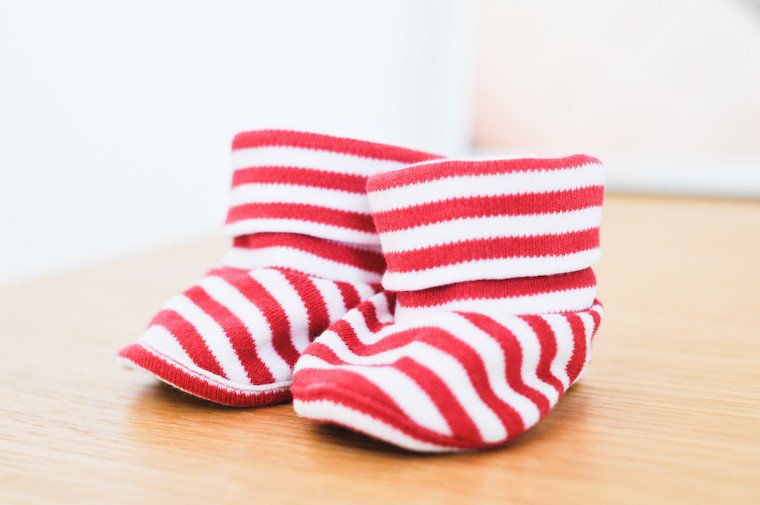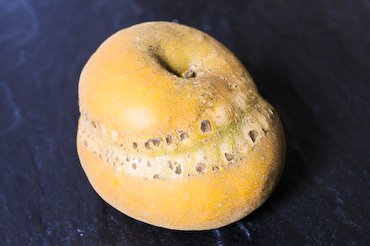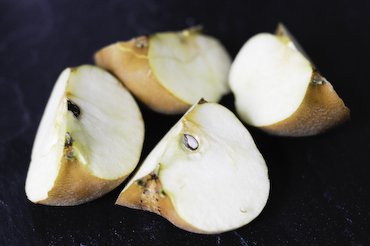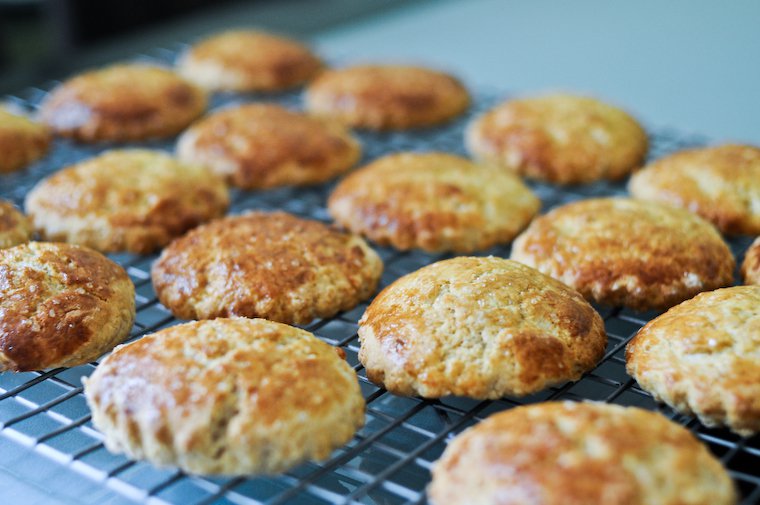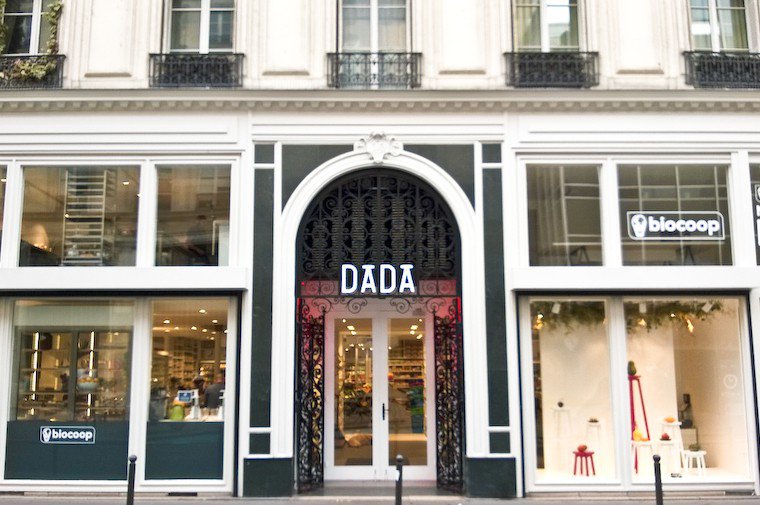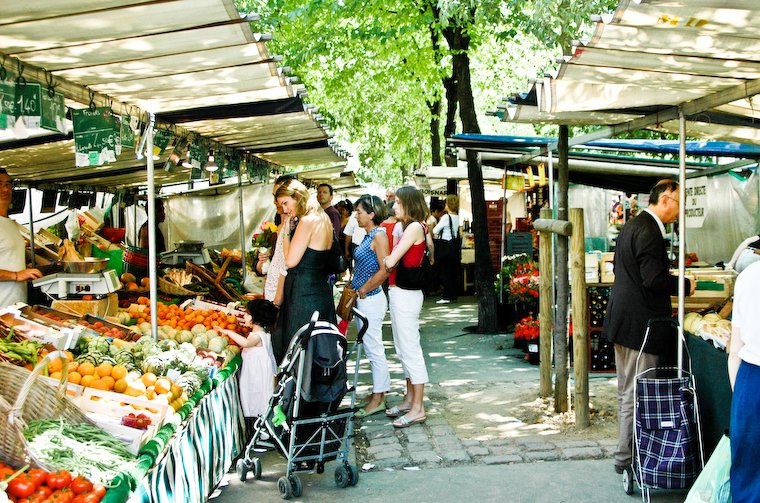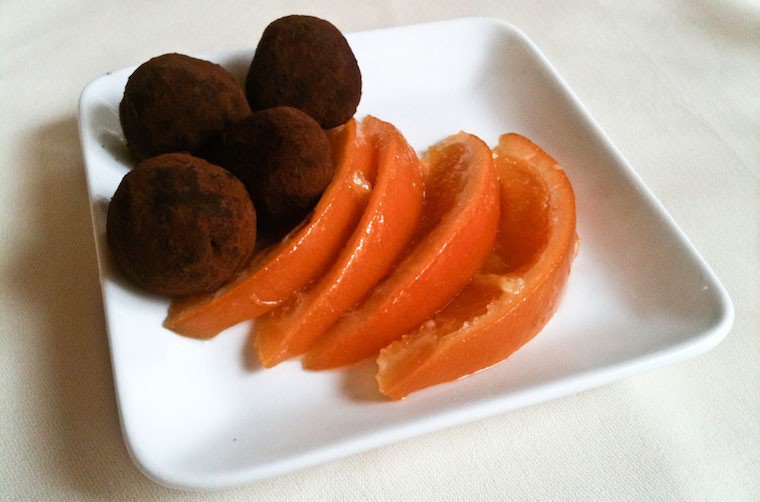We were expecting friends for brunch on Saturday morning, and I decided to bake scones. Not the triangular wedges stuffed with various ingredients often sold in the US, but the classic, round, plain, British kind.
For three years, almost to the day, I’d been sitting on a recipe that my dear friend Chika had shared with me, and which she’d drawn from Anton Edelmann’s out-of-print book, Taking Tea at the Savoy. She had mentioned that this was her go-to scone recipe, and it was the one I intended to try, for a change from my usual yogurt scones.
The dough was quick and easy to assemble — a definite plus for a brunch item — and I rolled it out, according to the instructions, to a thickness of 1.5 cm (2/3 inch). Had I been more fully awake, I would probably have realized that this was a bit thin, and that there was little chance that these would puff up to the kind of height one expects from a scone.
For three years I’d been sitting on a recipe that my dear friend Chika had shared with me, calling it her go-to scone recipe.
Into the oven they went, with a touch of salt and sugar sprinkled across the top, and indeed, while the smell was heavenly and the baking time just right, my scones didn’t quite look like scones.
Of course I served them anyway, with strawberries from Carpentras (hulled and halved an hour or two in advance and macerated with just a little sugar to bring out their juices and concentrate their flavor) and raw milk crème fraîche from the cheese shop — a sort of strawberry shortcake* if you will.
And my not-quite-scones were delicious, flaky and tender and not too sweet, but I refrained from calling them anything, not wanting to linger on the fact that this wasn’t quite the format I’d had in mind.
It’s only a few hours later, after a good nap, that the following lightbulb went on in my brain: just like people make muffin tops using special pans, I had simply baked scone tops, which had the bonus advantage of fitting into the toaster easily for reheating, without slicing them in two and in so doing shedding crumbs at the bottom of the toaster.
Suddenly, I felt a lot better about the whole experience.
So, I’ll let you decide to what thickness you choose to roll out the dough for these — I’m giving you two suggestions in the recipe below — but I hope you’ll give them a try one way or the other: it really is a wonderfully simple and good recipe.
Do you have a go-to scone recipe of your own? And have you ever had a similar conundrum with some concoction of yours, which didn’t quite feel like a success until you found just the right name for it?
* Did you know that the French version of that character is called Charlotte aux fraises?
Continue reading »


